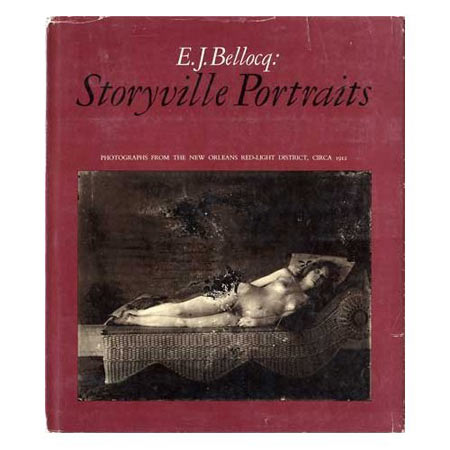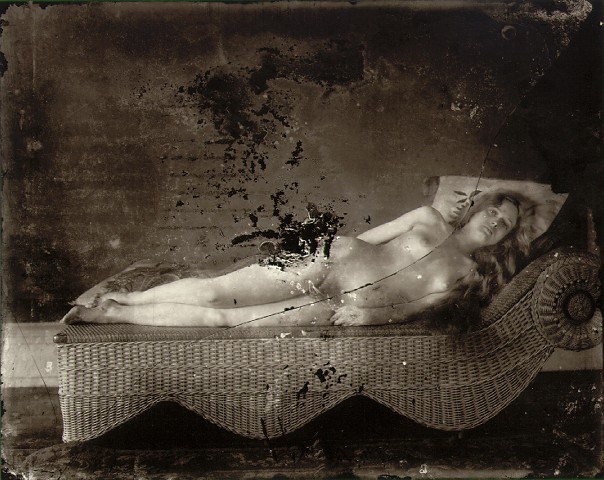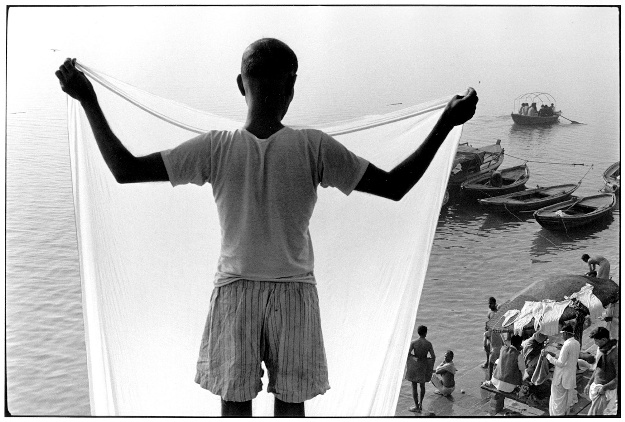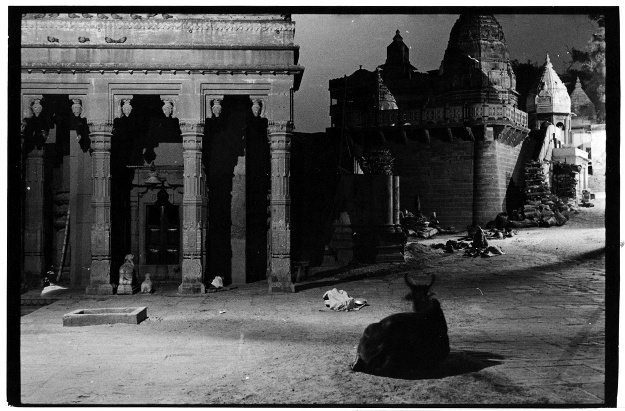GEDNEY ON BELLOCQ
For many years I have noted down quotes, aphorisms, favorite bits from articles, essays and books and even TV interviews in little cvs notebooks and I return to these sometimes, now rarely as there are so many little notebooks and they are not organized. However, the photographer William Gedney (1933-1989) kept very detailed notebooks in clear and elegant handwriting and these are now superbly assembled and available online (http://library.duke.edu/digitalcollections/gedney/).
I have been carrying around a few pages from Gedney’s notebooks to read on long subway rides, and have recently been mulling over the following observation he made in 1971:
“During a depressing day yesterday I pulled out the Bellocq book “Storyville Portraits.” How beautifully lucid and strong the pictures are. There are only 34 plates in the book and as I remember looking at them at Lees (Lee Friedlander), only a little over 90 photos in all, in existence: the total surviving work of Bellocq. I was struck now in looking at the book how in just 34 pictures, so complete a world is rendered, an all-encompassing wholeness. Each one of his photographs seems to contain the germ [of] all his work. If only one of his pictures existed (all the rest had been destroyed) you would still sense he was a great photographer, at least I get that feeling. So consistent and concisely clear is his vision.
I know part of this is the time in which the trial pictures were made. The choice of camera and material to work with was limited and this made for an overall unified rendering [conformity] in photography of that time, in our age we have an array of choices in equipment and style in which to work. Bruce Davidson who seems to be a prime example of many of the confusions that exist today in photography goes from 35mm to 2 1/4 to view camera with ease. Yet he lacks the steadying personality that would carry him from one style to another. He travels with ease but without presence. Even though these unifying factors existed in Bellocq’s time, (1912) one has only to look at other examples of photography of the period. The technique is the same, the tripod camera, the slow lens and film, the subject deliberately posed for the photographer, a singular form, composition, the direct front view, is something all pictures of that time have in common. Yet within this limited convention, Bellocq’s photographs stand out. It is the subtle but telling difference that makes him a great artist.
Take under very similar circumstances, at different times a hundred different photographs and let them stand the same girl, in the same room in front of the same view camera and each would come up with a slightly different picture. But I wonder, would any come up with a picture better than the rest. If Bellocq was one of those photographers, I believe he would. It is a continuously amazing thing that this impersonal machine, the camera, should render not only the surface of the visible world, but is capable of rendering so sensitively the personality of the photographers.”
I marvel that Lee Friedlander discovered these valuable photographs by Bellocq and purchased and printed the glass negatives and shared them with us, similar to Berenice Abbot’s work in saving and promoting the work of Atget.





